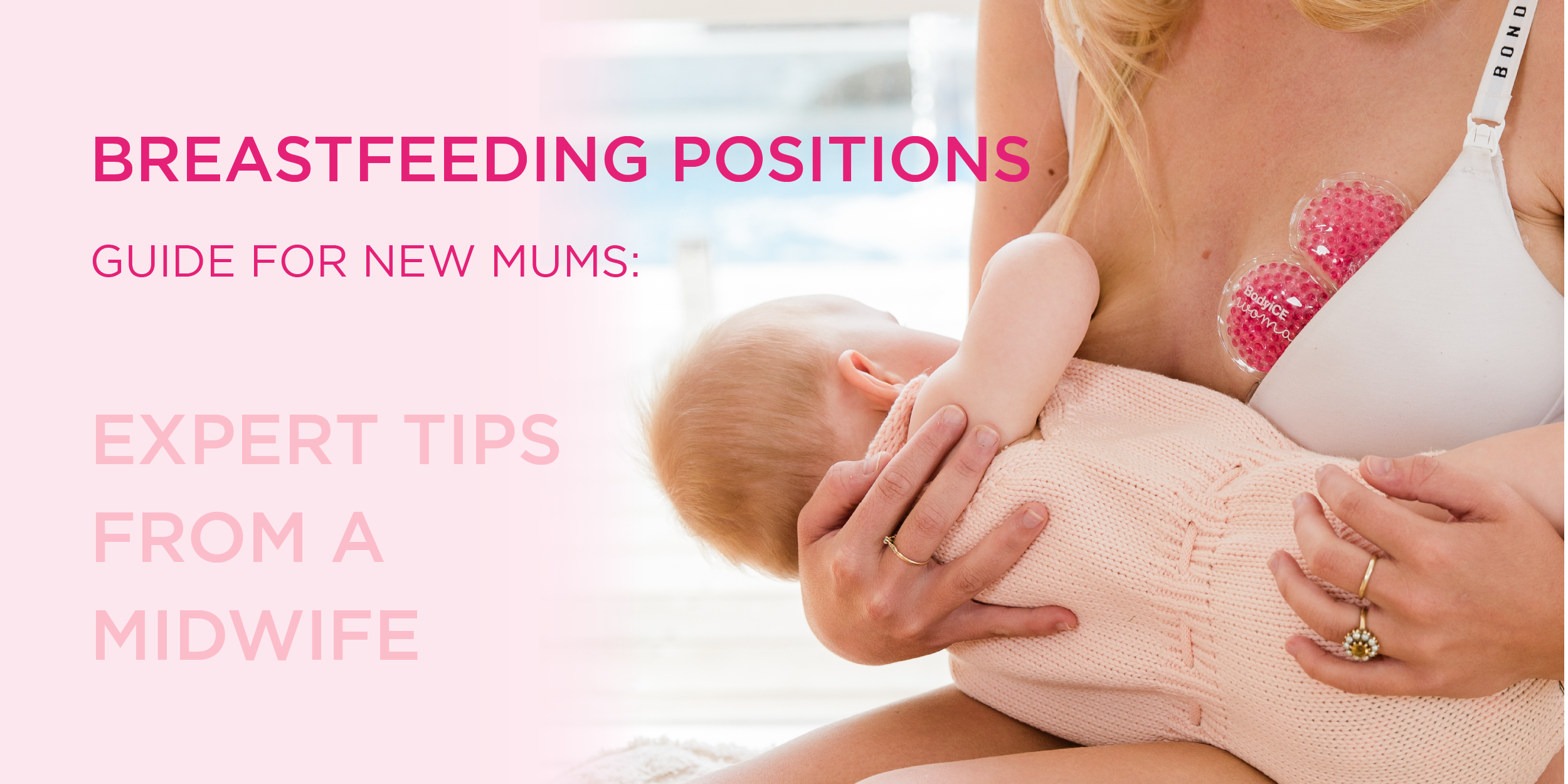Educating yourself during the antenatal period about the potential need to express breastmilk and pump is always suggested. This way, you’ll have the knowledge you need before your baby is born. Some mums may need or choose to pump from the beginning, while others may never express milk during their entire feeding journey. Remember, it's not always necessary to buy a pump; you can also hire one.
Here are some tips for pumping if you need them:

Ensure the Correct Flange Size
Breasts and nipples come in all shapes and sizes, so it's crucial to use equipment that fits your nipple size. If the flange (the plastic piece around your areola) is too small, it can cause pain and damage by rubbing against your nipple. Conversely, if the flange is too big and there’s a large gap between your nipple and the flange, your breastmilk may not be drained effectively.
Use Heat Before Pumping

Using BodyICE Woman heat packs on your breasts before pumping can encourage milk release. Massaging your breasts downward toward the nipple before and during pumping is also beneficial. This helps milk flow and allows you to feel for any lumps or bumps.
Look at Your Baby

Being close to your baby, or even better, having skin-to-skin contact, helps your body release the milk-making hormone oxytocin. If you can’t be close to your baby while pumping, thinking about or looking at photos and videos of your baby can also trigger oxytocin release.
Try to Relax
Create a relaxing environment for pumping. Make your space quiet, warm, and comfortable. Play some soothing music and take slow, deep breaths. A relaxed state helps with oxytocin release. Pump until the milk flow stops, and then for an additional 2 minutes to help increase prolactin release, which impacts milk production.
Try Different Times of the Day
Every woman’s body is different, and breastmilk production varies throughout the day. Most often, breastmilk production peaks in the early hours of the morning. If you’re struggling to pump enough milk, try pumping at different times to see what works best for you.
Sometimes Pumping Doesn’t Work for Mums, and That’s Okay
Remember that your baby can extract more breastmilk directly from your breast than a pump can. Don’t stress about the amount you pump. Reassure yourself that you’re doing a great job.
Additional Tips:
Stay hydrated. Keep a large drink bottle with you throughout the day and sip on it while you pump. Drink to your thirst but aim for at least one glass every time you pump.

Keep snacks handy. Producing milk requires extra calories. Foods that may help increase milk supply include dark green leafy vegetables, fennel/fennel seeds, grains, nuts, legumes, and the herbal supplement fenugreek. Lactation cookies with oats, nuts, yeast, and flax seeds can also be great snacks.
Store expressed milk properly. The Australian Breastfeeding Association (ABA) recommends:

Freshly expressed breastmilk: 6-8 hours at room temperature (below 26 degrees Celsius), 72 hours in the fridge, and 3 months in the freezer (or 12 months in a deep freezer).
When removing breastmilk from the freezer, place it in the fridge to thaw. Once completely defrosted, it lasts 4 hours at room temperature or 24 hours in the refrigerator. Do not refreeze.
Remember, every breastfeeding journey is unique, and pumping is just one aspect of it. Whether you pump occasionally or regularly, the most important thing is to find what works best for you and your baby. Be patient with yourself as you navigate this new chapter of motherhood. Seek support from lactation consultants or breastfeeding support groups if you encounter challenges, and trust in your ability to provide for your little one.
Blog written by Aliza Carr - midwife, perinatal mental health specialist and founder of Bumpnbub.





Leave a comment
All comments are moderated before being published.
This site is protected by hCaptcha and the hCaptcha Privacy Policy and Terms of Service apply.